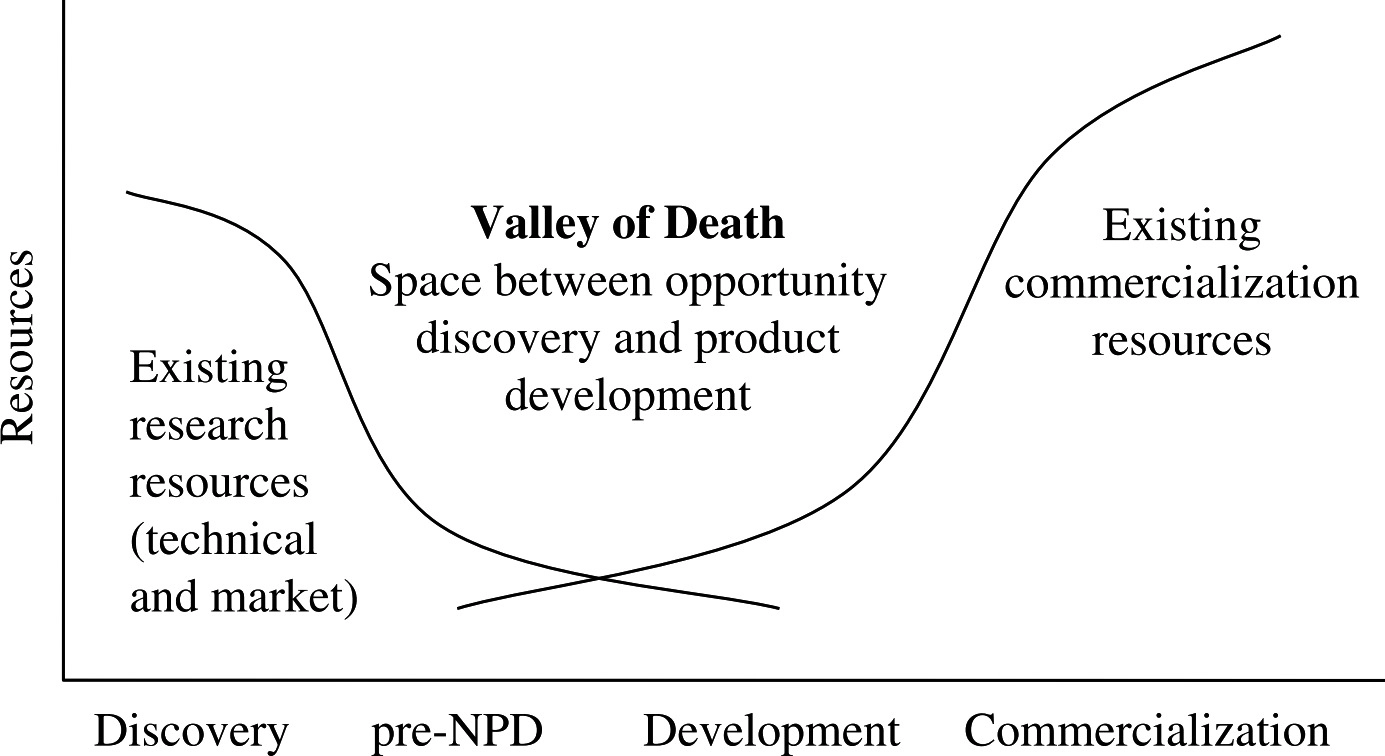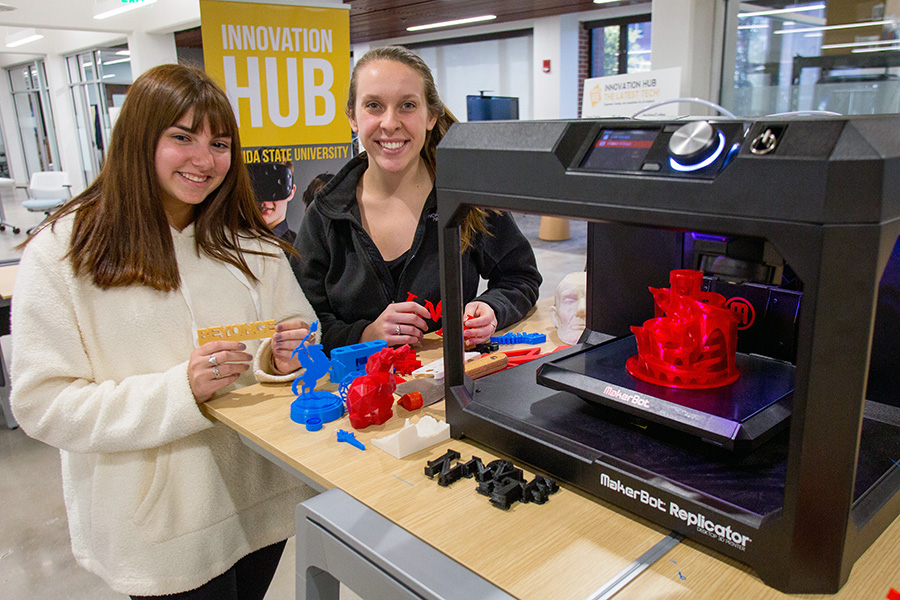The Innovation Ecosystem
What is it, and why is everyone at FSU talking about it?
BY: Mike Mitchell | PUBLISHED: November 15th
The original Innovation Ecosystem
We’ve been hearing a lot lately about the “Innovation Ecosystem” as one of President McCullough’s priorities for FSU, leaving many of us wondering what exactly that means and how it plays a part in research and creative activity. So for this month’s Digest, I thought I’d put together a quick summary to help our readers get up to speed on this important concept that looks like it’s going to play a key role in the next decade at FSU.
An innovation ecosystem is the set of unique characteristics and assets, and the interactions between them, that contribute to the ability of a place (i.e., a city, region, nation, etc.) to create economic and social value by transforming new ideas and discoveries into tangible products and practices. In many ways this is comparable to a natural ecosystem in which a variety of plants, animals, and environmental conditions combine to help each other survive. The key point in both examples is that an ecosystem allows an individual to thrive in a way that would be impossible on their own.
Instead of plants and animals though, an innovation ecosystem consists of universities, government, businesses, foundations and non-profits, industrial labs and manufacturing, venture capitalists and other investors, and finally media and influencers. At the heart of the ecosystem though is the innovator— an entrepreneurial individual striving to create value through their work. The goal of an innovation ecosystem is to help these innovators thrive by connecting them with necessary resources, networks, partners, and opportunities.
 "The Valley of Death" in Markham et al 2010
"The Valley of Death" in Markham et al 2010This helps the innovator cross what’s known as the “Valley of Death”— the gap between basic and applied research (usually in an academic setting) and product development and commercialization. For reference, take a look at the figure on the left, which shows research on the left and commercialization on the right of the x-axis, while the y-axis represents the available resources (i.e., funding).
The valley of death is the result of a relative lack of funding in the middle part of the process. Basic and applied research is primarily funded by government sources like NSF, NIH, DOE, etc. who expect the results of this research to be available to benefit all Americans, while commercialization is primarily funded by industry and businesses whose responsibility to deliver shareholder profits makes them hesitant to invest in new ideas with unclear returns. This results in neither side feeling as if they are responsible for funding the middle stages.
While it may be tempting to say that the solution is to raise the valley’s floor by increasing available funding, in practice over 90% of innovations fail and do not produce any kind of value. No additional value leads to no additional tax revenue, which means no additional resources to be invested in new innovations. Simply providing more funding in the valley of death is likely to only result in a slowly shrinking economy that can take decades to rebound.
 The Innovation Hub is one of the more highly visible parts of FSU's Innovation Ecosystem.
The Innovation Hub is one of the more highly visible parts of FSU's Innovation Ecosystem.Instead, an innovation ecosystem also strives to bring the two sides of the valley closer together. For example, exchange programs between industry and faculty/students bring the two sides closer together by providing more real-world use cases for academic researchers —thus better positioning their discoveries for product development— while at the same time letting industry decision-makers get to know them—thus making it less risky to invest in their research. Other examples might be a program that helps start-ups navigate the regulatory approval process (reducing the amount of time spent in the valley), entrepreneurial training programs that help researchers manage a start-up more efficiently by understanding things like financial accounting or hiring/training employees, or shared infrastructure that lowers the cost of building prototypes and makes it easier for researchers to try to develop their discovery into a product.
Tallahassee's Innovation Ecosystem
Here's just a few examples from our own backyard:
National High Magnetic Field Laboratory
Good innovation ecosystems also serve as something of a safety net. This is most commonly achieved by making it easier to transition between academic researcher and entrepreneur. That way if a new business venture is unsuccessful these highly specialized employees can find jobs elsewhere. This lets them learn through failures while keeping their talent (and potential future value) within the ecosystem.
So why is any of this important to a university? After all, isn’t our job the pursuit of knowledge, not the pursuit of profit? I would argue that the job of a university is to provide the foundation for a better world through knowledge, and that we cannot accomplish this without mechanisms that encourage the transfer of knowledge beyond our campus. In that case, universities care about the innovation ecosystem because it is a critical element in providing opportunities for our work to make a difference.
Contact: Mike Mitchell | Strategic Initiatives Manager
Mike Mitchell has organized Collaborative Collision since 2017, and led its growth into a program highlighted as a significant contributor to achieving the goals of FSU's Strategic Plan. As ORD's Strategic Initiatives Manager, Mike specializes in leading programs that leverage the research strengths of a top-20 public university to promote societal impact. His focus areas include building new interdisciplinary teams, identifying opportunities for strategic growth, and connecting researchers and resources to advance creativity and innovation.




